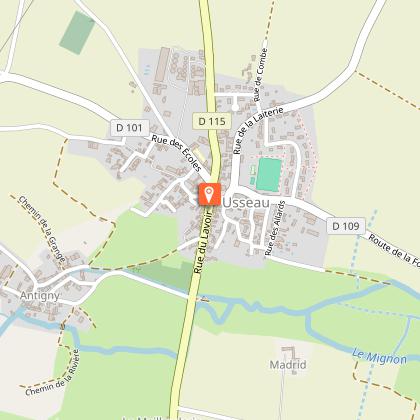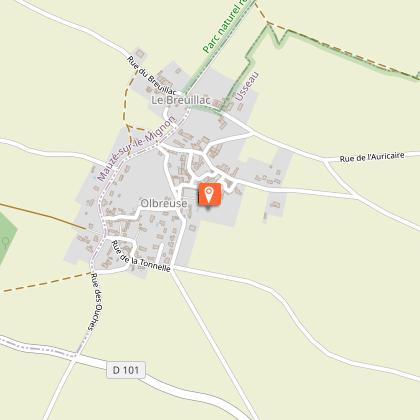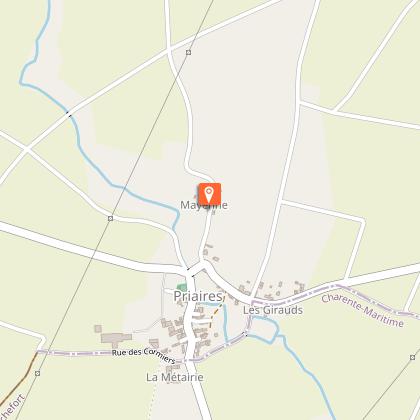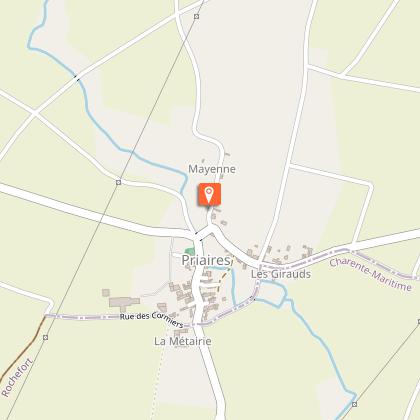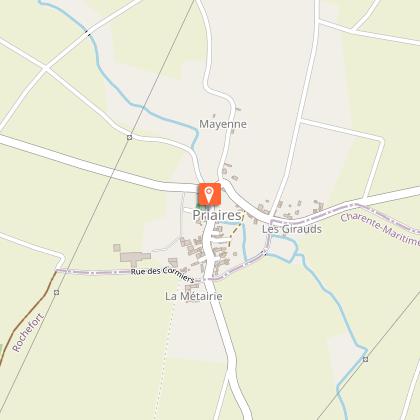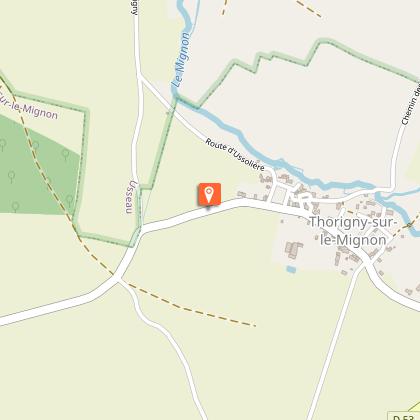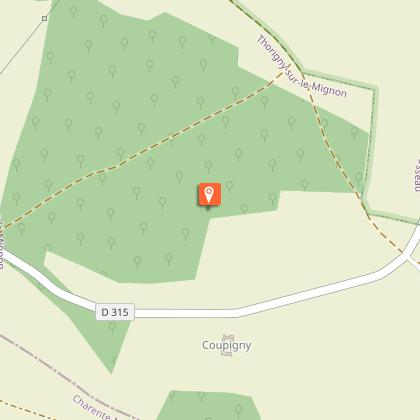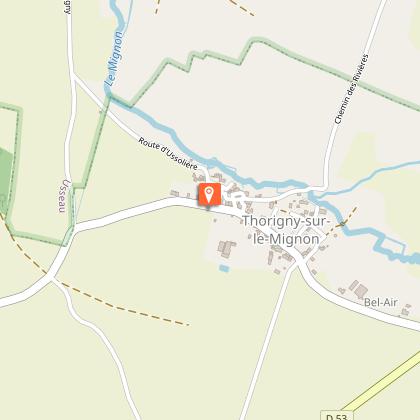Alert
Alerts
Circuit cyclable 10 - Découverte du Val-du-Mignon, 3 communes en 1

IGN cards








Description
In 2019, Usseau joins with Priaires and Thorigny-sur-le-Mignon to form the new commune of Val-du-Mignon and becomes its chief town.
Technical Information
Altimetric profile
Starting point
Points of interest
Additional information
Balisage
Green
Typologie de l'itinéraire
Loop
Durée moyenne de l'expérience
1 to 2 hours
Thèmes
Cultural
Contact
Web site (URL) : www.niortmaraispoitevin.com/circuits-et-randonnees/circuit-cyclable-10-decouverte-du-val-du-mignon-3-communes-en-1/
Animaux bienvenus ?
Oui
Data author

